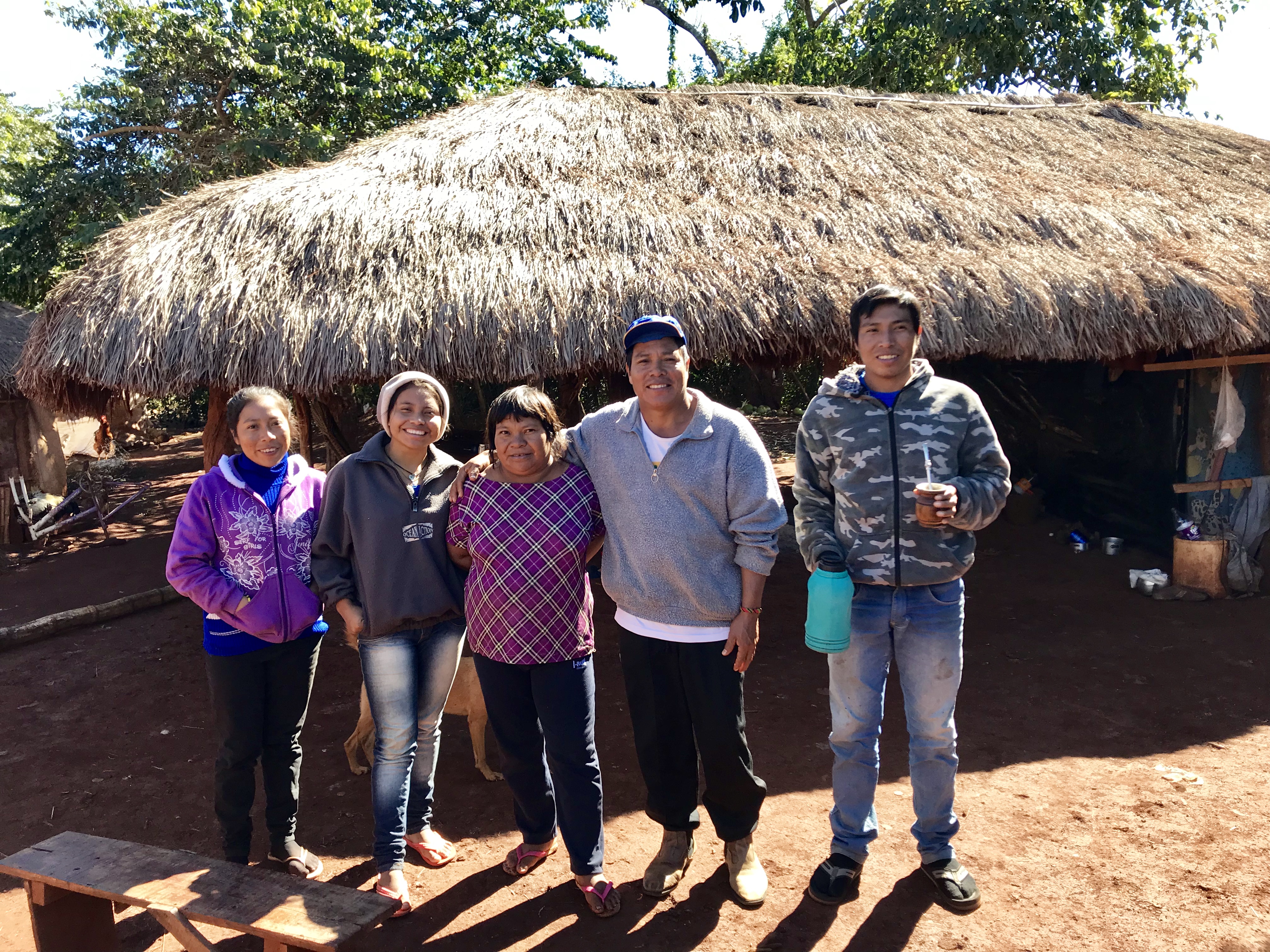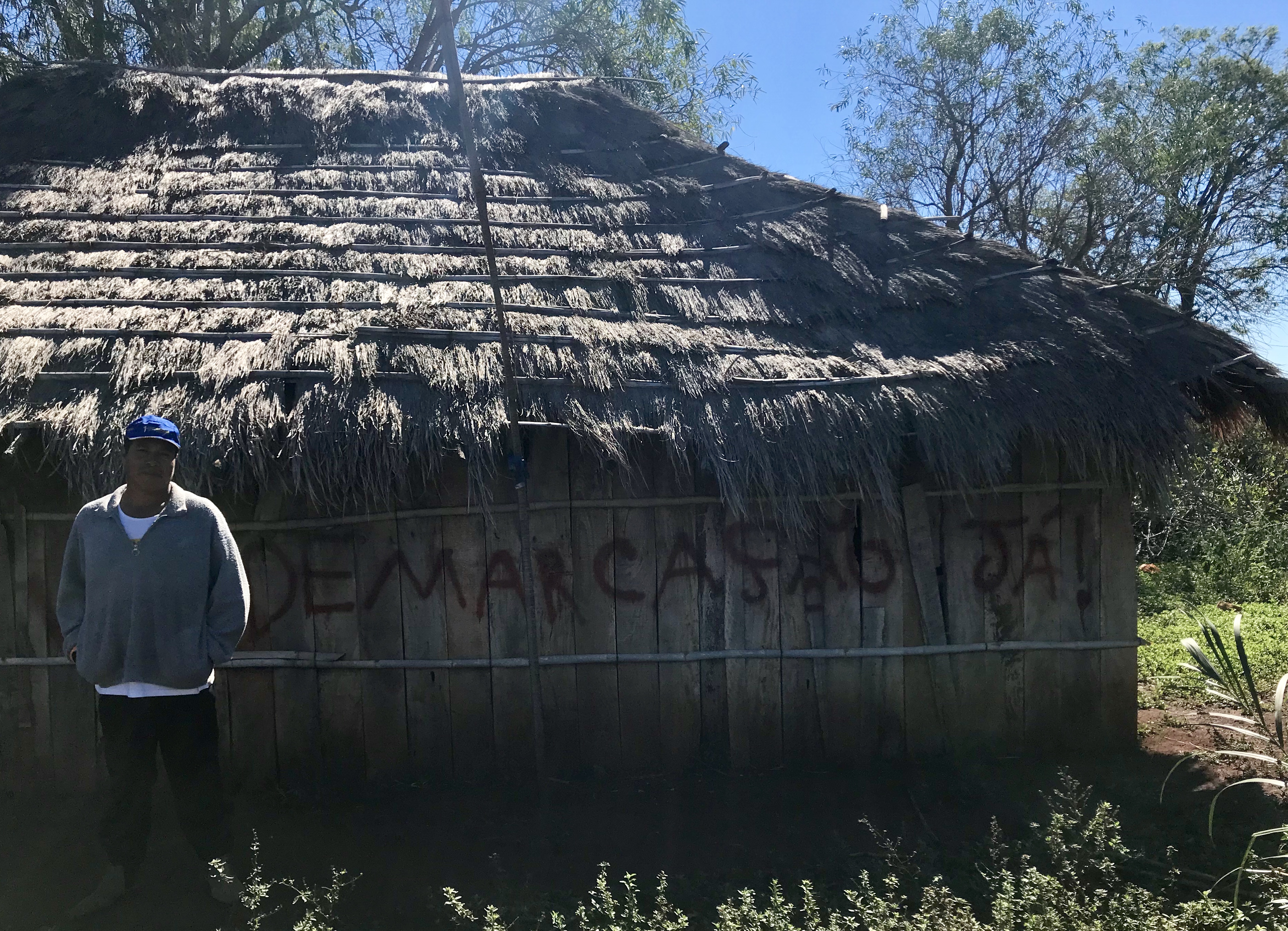
The struggle of Indigenous people in Brazil for the right to their lands dates back to more than 500 years ago, during colonial times when the Portuguese settlers pushed most Indigenous communities away from the East Coast. In the centuries that followed the colonial displacement, many Indigenous groups were forced into integration within urban zones or continued to move further away from their original territories to appease the desires of the growing agribusiness industry. This proved to be catastrophic to the protection of Indigenous heritage and its people. In 1957, the Indigenous population in Brazil was at in risk of extinction after hitting an all-time low of just 70,000 people nationwide.
In an effort to preserve Indigenous people and their traditions, the 1988 Brazilian constitution recognized the rights of Indigenous people to their ancestral territories and took on the responsibility of demarcating and protecting Indigenous territories. However, government complacency and, now under President Jair Bolsonaro, an overall unwillingness to demarcate Indigenous territories have exposed entire Indigenous communities to attacks by outsiders. These attacks are mostly motivated by the pursuit of the natural riches located within the territories of Indigenous villages.
Now, the Indigenous villages of Catu and Sagi/Trabanda, nearly 2200 miles apart, face similar challenges in the pursuit of their constitutional right.





